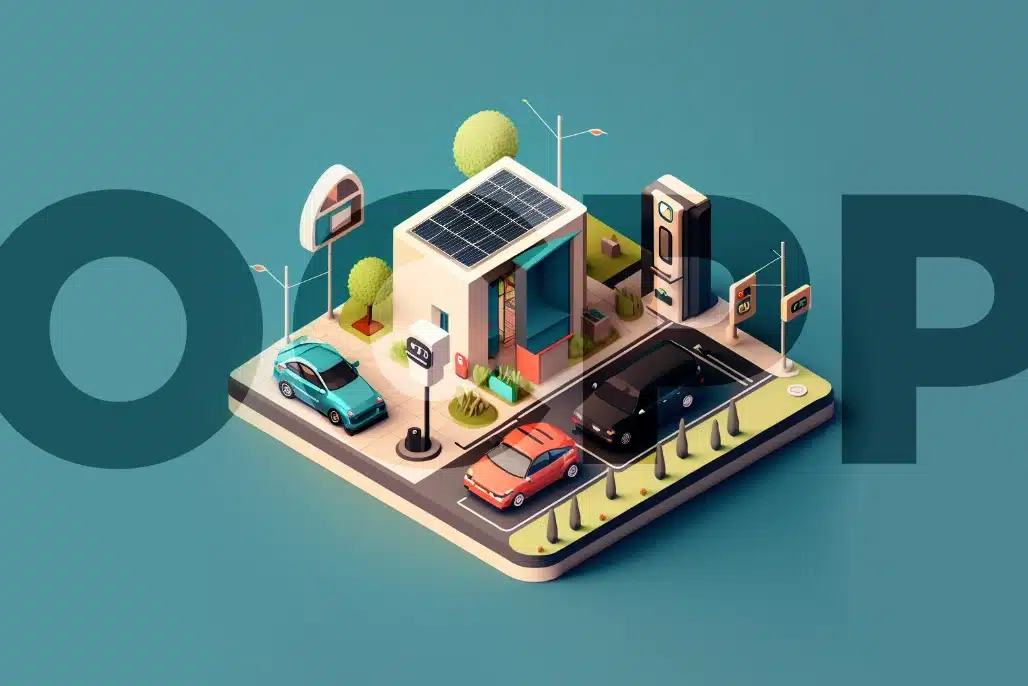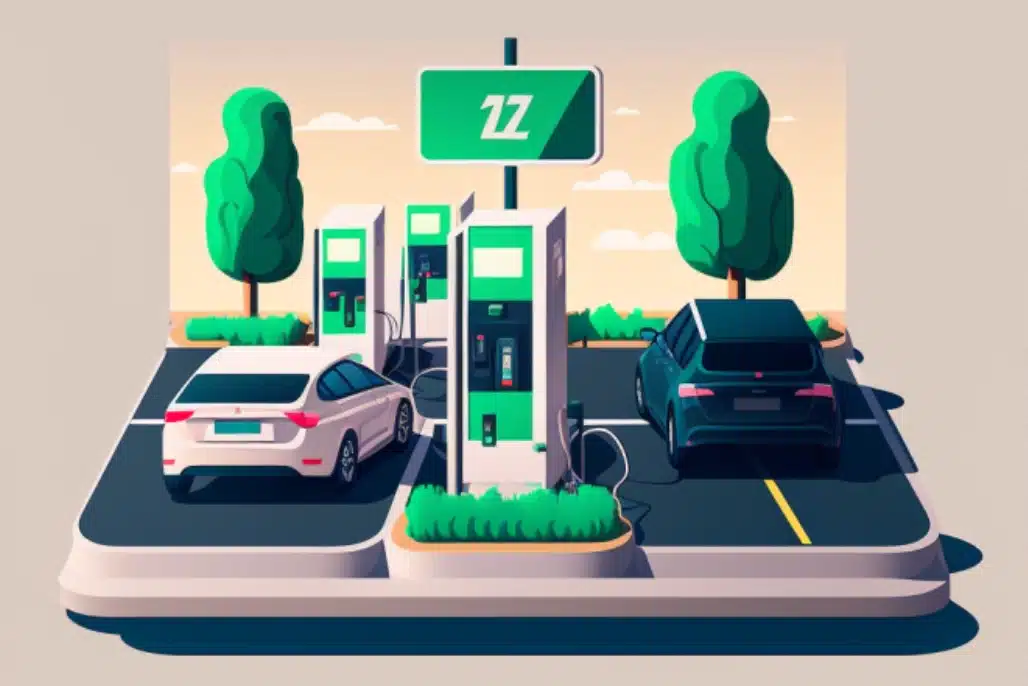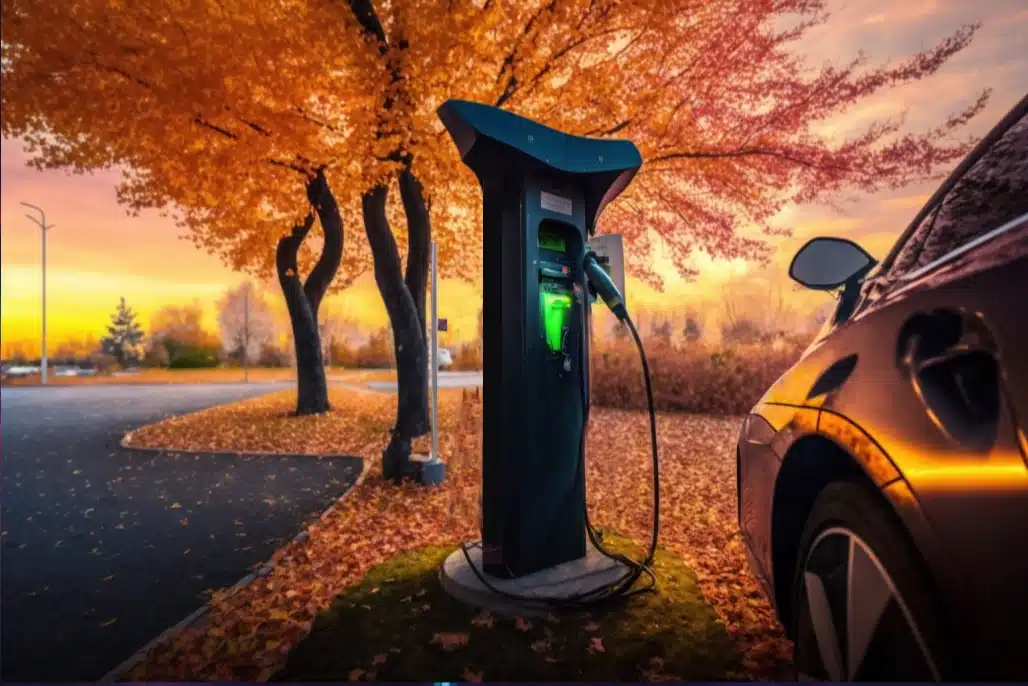Learn the terminology of our EV charge management software, industry standards protocols and acronyms. CPMS, DER, OCPP, EVSE, Load Balancing & V2X.

OCPP
Open Charge Point ProtocolsThe Open Charge Point Protocol (OCPP) is an open standard for EV charging station communication between charging stations and a central management system. OCPP 1.6 enables operators to manage their charging networks efficiently by remotely configuring, monitoring and controlling charge station operations.
OCPP 2.0 improves security and enhanced functionality providing more efficient and secure data transfer, a central management system, and support for dynamic pricing.
EVSE
Electric Vehicle Supply EquipmentEVSE stands for Electric Vehicle Supply Equipment. EVSE units typically come with a charging connector that securely attaches to the EV and a wall-mounted box containing connection ports for plugging the EV charger into a non-EV power source.
EVSE units usually have multiple setting levels that manage the amount of power supplied to the EV to ensure it charges as quickly or slowly as needed.
CPMS/CMS
Charge (Point) Management SoftwareCPMS stands for Charge Point Management Software. CPMS enables the management of an electric vehicle charging station. CPMS streamlines the process from registration and billing to energy reporting, providing real-time data tracking, dashboards, location and availability of charging points, secure sign-in systems, users' profiles, detailed reports with graphical analysis and much more.
CPO
Charge Point OperatorsCharge Point Operators, or CPOs, are the people responsible for ensuring charge point management software is efficient and well maintained. Their primary role involves monitoring, troubleshooting and maintaining Charge Point networks.
Charge Point operators will ensure nodes in the Charge Point network are operating optimally by managing networks' settings and physical assets such as Charge Points.
DYNAMIC LOAD BALANCING
Dynamic load balancing is an important measure to optimise the electric vehicle (EV) charging process. It ensures a levelised charging rate across all EV charge points in a given area, helping EV charge point operators better manage their power capacity by prioritising which EVs receive a top-up first. Dynamic load balancing helps reduce peak loads on the grid, leading to lower electricity bills and driving the stabilisation of demand for higher efficiency overall.
STATIC LOAD BALANCING
Electric Vehicle (EV) Static Load Balancing helps Charge Point Operators manage the demand for electric services and maintain a reliable power supply. This is done by pre-setting a defined limit on the power each Charge Point or Station, in general, can draw. The process sets a static limit below the limitations of the site circuitry making sure no particular Charge Point draws too much energy, creating fluctuations in current or even black-outs – allowing everyone to reap maximum benefit from their EVs while helping reduce stress and potential damage on the grid.
PEAK LOAD
Peak load, peak demand, is the highest electrical demand for a specific period of time on an energy grid. Utilities must be able to supply sufficient power resources to meet the demand, so the grid isn't overtaxed. Peak load often corresponds to the times customers use the most energy, and this can have a huge impact on utility bills as charges increase significantly during these periods. Finding a balance between supplying enough but not too much electricity is a key concern for utilities.
V2G
Vehicle-to-GridVehicle to Grid (V2G) technology has the potential to revolutionize how car batteries are used and managed. This technology enables car batteries to be charged through signals sent by the CPMS, enabling car owners to balance the grid. They can even sell excess energy back to the grid, making V2G bidirectional. By managing car batteries this way, improved smart charging methods could lower electricity costs and decrease pressure on the power grids during peak hours.
V2X
Vehicle-to-EverythingVehicle to Everything (V2X) technology connects car battery technology to other computing systems. With Vehicle-to Home (V2H), car owners can use their car batteries to support green power needs like heating and cooling homes. Vehicle-to-Building (V2B) enables two-way energy communication between car batteries and buildings, allowing for electricity delivery both from and to the car battery.
V1G
Smart ChargingSmart EV charging with the V1G charger is an efficient and environmentally-friendly way to get the most out of your electric vehicle. Smart technology monitors your car's relative state of charge, preventing it from overcharging and increasing battery life in the process.
ISO 15118
ISO 15118 is an open standard for communication between electric vehicles and charging stations. Its purpose is to enable efficient and secure sharing of data, with the goal of improving charging infrastructure capability.
DER
Distributed Energy ResourceDistributed Energy Resources (DERs) are small-scale electricity supply and demand resources interconnected to the grid. These resources can help provide flexible and low-cost solutions for meeting electricity needs, reduce peak electricity demand, and support energy resilience when combined with distributed energy storage. DERs are becoming increasingly important as there is heightened awareness across the globe on the need for a cleaner, low-carbon energy system.
Examples of DERs include solar photovoltaic systems, small wind turbines, electric vehicle batteries, microturbines, fuel cells and waste heat recovery systems. Carefully managed deployment of these technologies could play a big role in creating an affordable and reliable energy future for all.
DERMS
Distributed Energy Resource Management SystemDistributed Energy Resource Management Systems (DERMS) have been instrumental in modernizing the electricity grid. Distributed Energy Resources (DER) such as solar and wind, when combined with Distributed System Operators (DSO), create an intricate network of Virtual Power Plants (VPP). These VPPs help to stabilize the grid by providing more reliable electricity than that generated by a single, centralized power plant.







